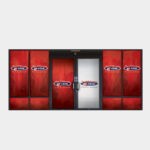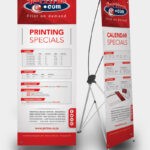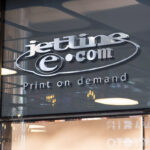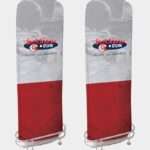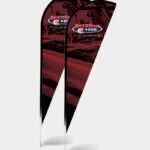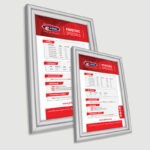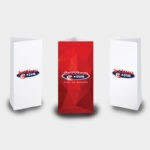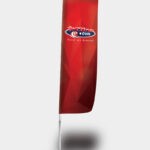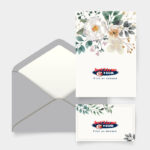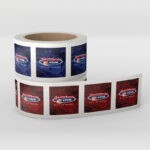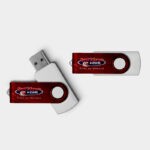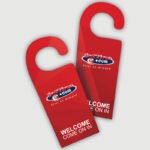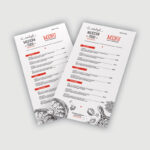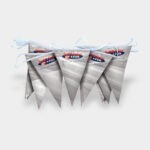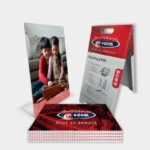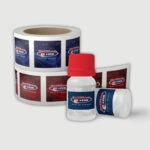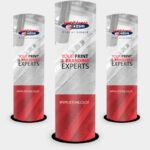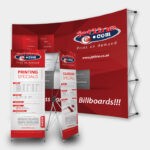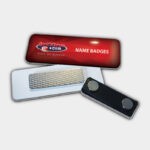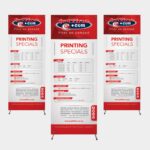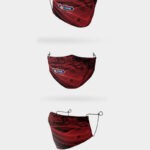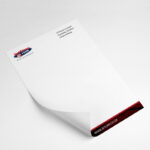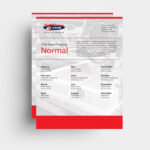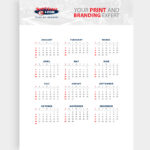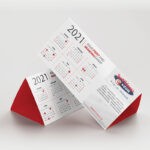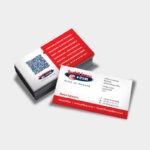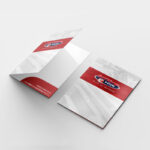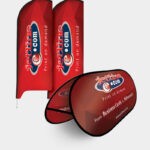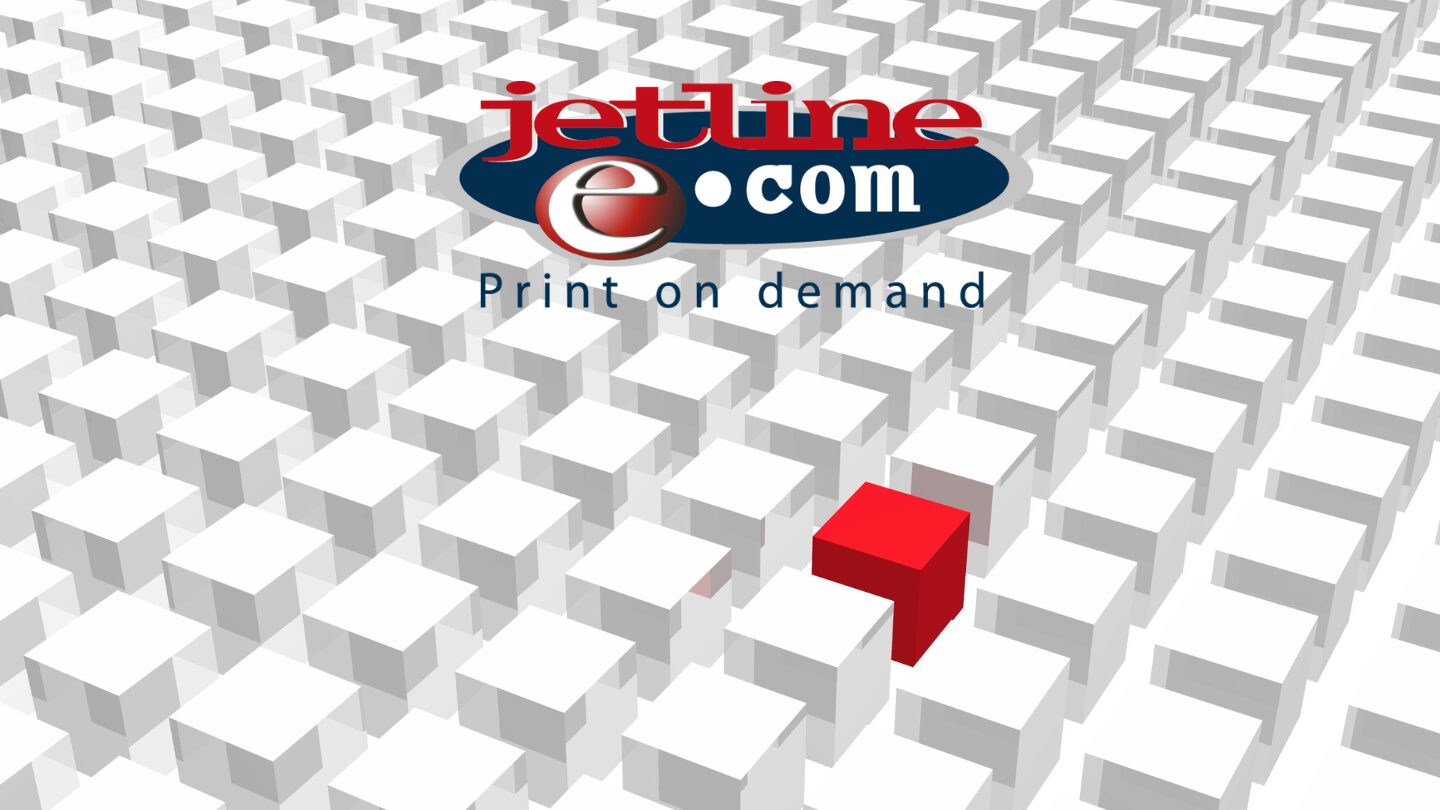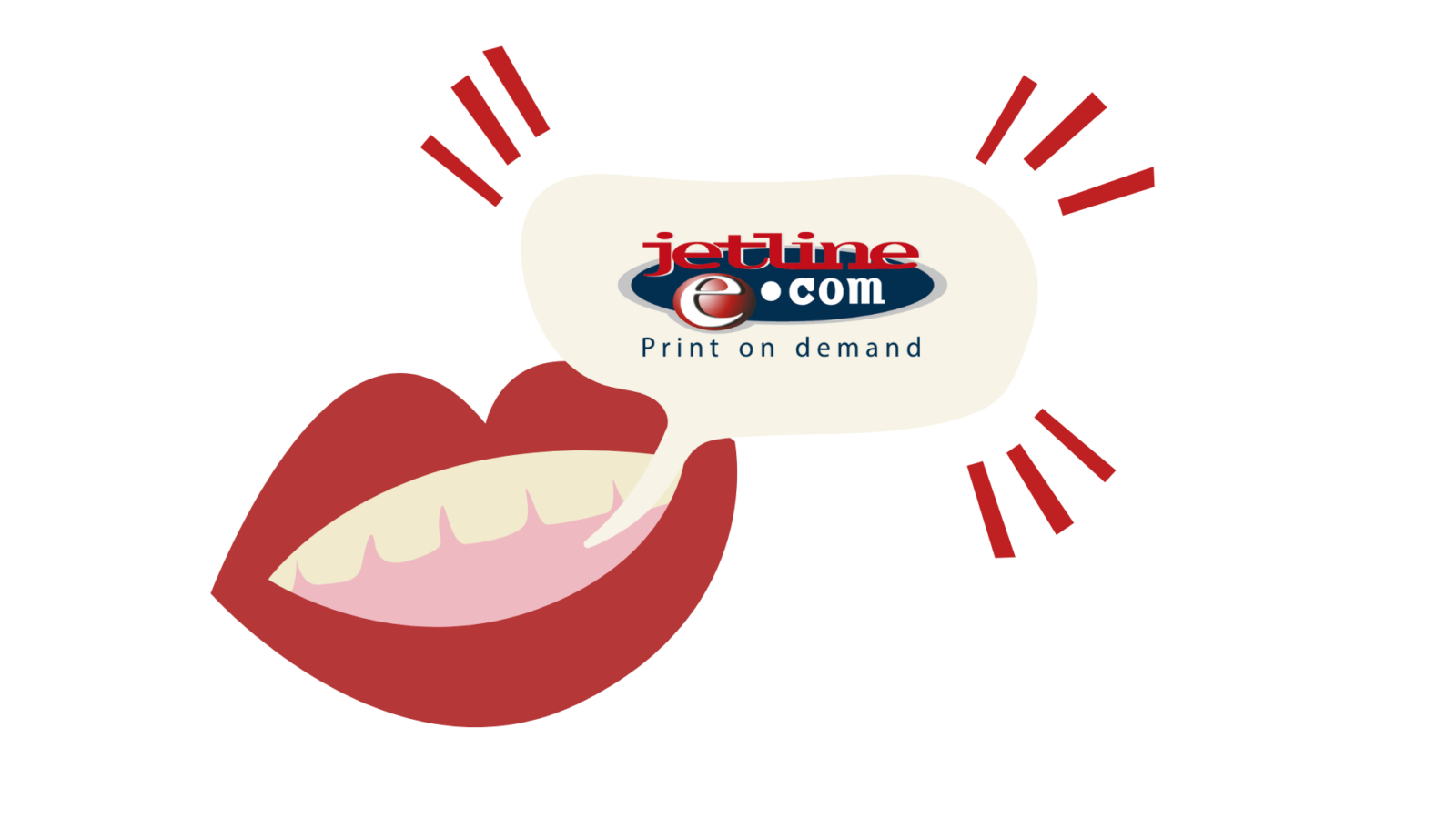Today, branding is not just a logo. Branding in 2017 is about the soul of a business, what customers say about the company behind its back, and the promise the company makes. It is the personality of the business, influenced by every person who represents/ uses/ sells the brand, inside and outside of the company. It is the opinion formed by the consumer, and it is ever evolving.
Developing a fully rounded brand strategy is vital for all businesses, as this forces businesses to articulate exactly why they are in business and for whom they are in business. These are the first questions to ask when beginning a branding strategy, the when, what, who, and how comes later in the process of branding. They why and the whom are the soul of a brand.
Think about branding regarding a commoditized product such as bottled water. There are a multitude of bottled water brands on the market, so how is a consumer able to choose which one to purchase? Water is the same across all brands, and in reality, it is actually available for free! This is where branding strategy comes into play. It comes down to advertising, packaging, endorsements, availability, and distribution. And brands have also evolved from just being about high quality.
As consumers, we are now gravitating toward humanised brands, brands that make us feel a greater connection to the product. We are also seeing brands as status symbols (think high fashion goant Chanel), and we are looking for brands that provide more than a product or service – we want brands that offer us an experience (think, Starbucks and Apple). With these trends, the consumer is placed in the spotlight of branding as opposed to the product or service offered by the brand.
We are also on the verge of another shift in branding. 2017 was just the start of the branding evolution. Retail giants and corporations are slowly being made redundant because of smaller, more intimate businesses that offer the consumer an experience and make them feel a part of something as opposed to just a number. Why is this? Because these smaller businesses are connecting authentically with their audience.
To be successful in today’s consumer space, businesses need to nurture trust by connecting with their target market authentically.
Defining Authenticity in Branding
Authenticity is something true to one’s own spirit, character, personality – exactly what is required in successful branding.
Cohn & Wolfe branding agency, began a study on brand authenticity in 2012. They surveyed at least 12000 consumers about 1600 brands. They then created the Authentic 100 list. That is: the leading brands in authenticity. Disney has been listed as the number one authentic brand.

According to the study, authenticity is expressed through three things: being reliable, real, and respectful.
To break it down, reliable is a product or service centric concept that encompasses a high-quality product and delivers on this promise.
Real is vision centric, providing open and honest communication with consumers here, integrity is key.
Respectful is about the company’s relationship with the customer, including treatment of customer and protecting them in their privacy and handling of their personal information.
These are important concepts in the mind of the consumer. The study discovered that 9 out of 10 consumers were willing to take action and reward a brand for being authentic, including recommending the brand to others.
So, what do brands mostly get wrong? Realness?
By not communicating honestly with consumers, trust is immediately eroded. And trust is vital!
Building Trust with the Consumer through Branding
We live in the age of instant communication and social media – and with this in mind, the consumer craves transparency and accountability – and expects it! For an organisation to be authentic, they have to put promises into action – they need to demonstrate their authenticity. Demonstrating increased authenticity begins with articulating your business’s purpose for being, other than to make money. Of course, companies exits to turn a profit, but you need to understand why else your business exists. Figure out what you are trying to accomplish and for whom.
When putting together your branding strategy, you need to understand who is at the core of your business and what your customers value the most. To demonstrate your authenticity, you need to play to your strengths, versus altering who you are to fit an industry ideal. Your logo, and tagline may shift as your business evolves, but your purpose is your anchor and your compass. This is what keeps your business grounded and what is most important to your consumers.
Tell real people, real stories, in real time!
People do not like being “sold,” but they do love to buy. People enjoy buying ideas in the form of story’s and this is why storytelling in marketing and branding has become vital. Good storytelling in branding sells and is a component of authentic communication. This is what propels a brand forward, creating favourable thoughts in the consumers mind, connecting them to the soul of the company and driving them to act and make a purchase. This is done by creating a clear and consistent brand voice and image that cuts through industry noise, humanising the business. Brochures, and flyers, blogs and social media posts need to reflect the same tone of voice, visual, and business promise.
Brand Consistency Builds Trust
Once you have built your branding strategy, identified what makes you authentic, you need to invest in long term brand management efforts. This needs to transcend product lines, allowing your company to grow and maintain a loyal customer base.
People do business with companies that they are familiar with, and if your branding is uniform across all platforms it becomes instantly recognisable, and thus, becomes trusted. This makes them feel at ease when purchasing your product or service. The goal is to make your brand cohesive across all marketing platforms, from letterheads and business cards to landing pages and emailers.



Jetline recognised a fundamental gap in the market for an effective brand management solution, and the Brand Management Portal was born.
BRAND MANAGEMENT PORTAL
The Jetline Brand Management Portal (BMP), is an all-inclusive system that functions as a digital style guide. It maintains your relevant brand information and design guidelines, ensuring brand uniformity across all your marketing and corporate materials. Using advanced technology, Jetline has developed an online solution that saves you time and money, while eliminating the risk of human error in your brand management. Using Variable Data Print technology, the BMP process is easy to use and delivers a quick turnaround time.
BMP maintains your corporate identity from one central source, making for an efficient and effective brand management process. This is ideal for use in decentralised marketing organisations such as associated groups, large corporations, banks, retail, and partner marketing.
Contact Jetline for all your brand management requirements and for more information about how the Brand Management Portal will benefit your business.












